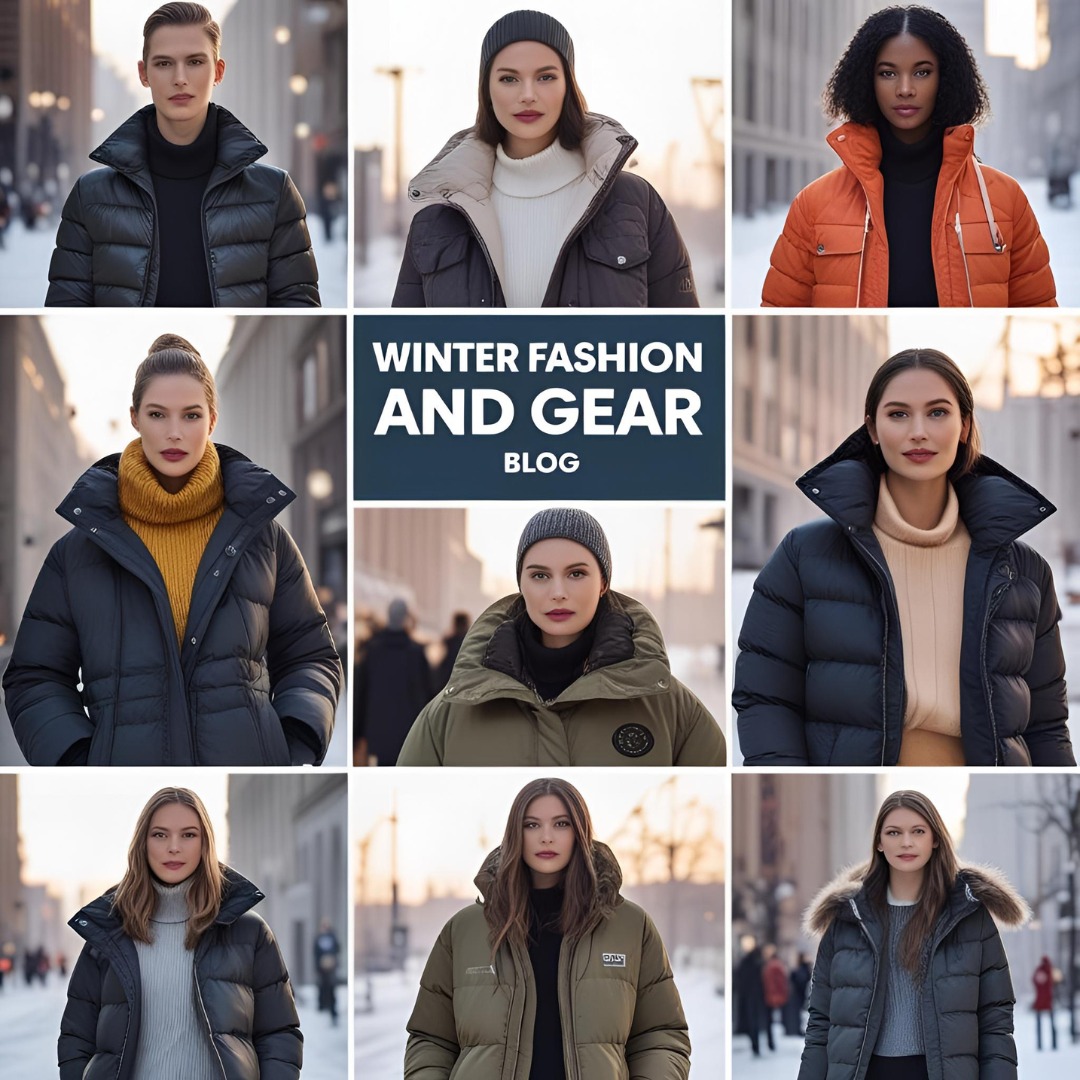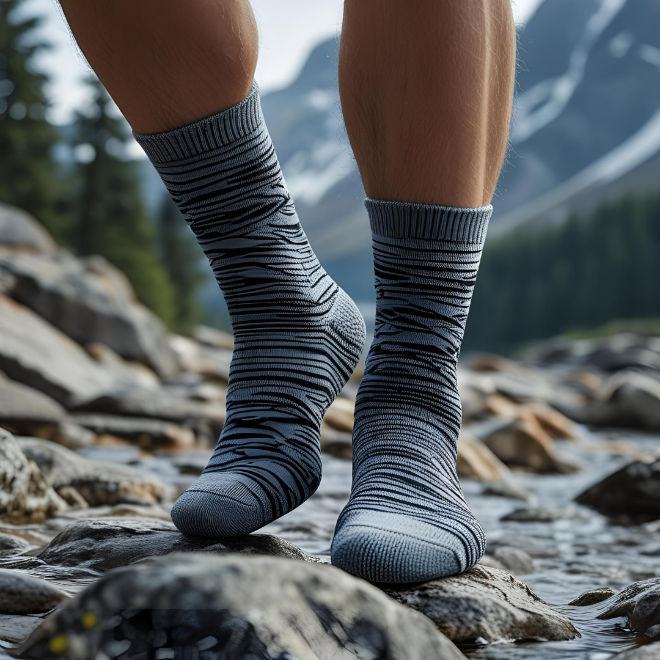Winter Fashion and Gear

Winter Fashion and Gear
Keeping Cozy and Fashionable on Snow Days
When snow covers the ground and temperatures fall below freezing, it’s not merely about style — it’s about practicality, safeguarding, and remaining secure amid harsh wind chills and frigid conditions. Whether you’re heading out for necessities, telecommuting, or getting your children ready for online classes in cold spaces, appropriate winter clothing keeps you cozy regardless of the snow day chances in your region.
- The Significance of Layering:
Layering’s are crucial when managing quickly changing temperature patterns and erratic snowfall levels. An effective layering system can assist in managing your body temperature as the timing of precipitation varies during the day.
• Base Layer: Fabrics that wick moisture (such as merino wool or synthetic materials) draw sweat away from your skin, essential when the forecast suggests potential warming during the day.
• Middle Layer: Functions as insulation, retaining warmth and adjusting to different wind chill scenarios.
• External Layer: Protects from wind, snow, and sleet. Perfect for unexpected ice predictions or when weather applications indicate significant snowfall.

- Selecting the Appropriate Winter Jacket:
A high-quality winter coat is your strongest protection against severe wind chills and significant snowfall. Depending on the regulations of your school district or your work environment, your outer garments may need to accommodate both brief travels and extended outdoor activities.
• Down Jackets: Outstanding insulation, perfect for low-temperature predictions with clear skies but severe cold.

• Parkas: Ideal for days with heavy snowfall and low chances of snow when it’s necessary to venture outdoors.

• Waterproof Shells: Safeguard against unexpected snowfall or icy rain, especially useful when AI-driven forecasts indicate swiftly shifting weather.

- Necessary Winter Gear:
When snow clearing isn’t prompt and the timing of the precipitation results in icy sidewalks, accessories become increasingly important.
• Hats: Retain warmth and minimize heat loss — crucial when outdoors in peak wind chill times.

• Gloves/Mittens: Waterproof mittens minimize the chances of frostbite and assist with activities such as clearing snow.

• Scarves/Gaiters: Shield your face and neck from chilly winds and provide extra warmth during outdoor learning walks to the bus stop or mailbox.

- Shoes for Snow and Ice:
Footwear is frequently undervalued yet is essential for both safety and style when preparing for a snow day. Numerous weather applications currently provide alerts when ice predictions render roads slick.
• Insulated Snow Boots: opt for pairs designed for the coldest temperature conditions in your area.

• Grip Technology: Crucial when the chance of snow days is minimal, yet sidewalks continue to be icy.

• Moisture-Wicking Socks: Combine with boots to ensure feet remain dry and cozy in slushy weather.

- Selecting Functional Fabrics:
Substances are significant, particularly when AI-driven forecasts suggest varying timing of rainfall and temperature changes.
• Wool and Down: Offer exceptional insulation and natural heat retention.

• Gore-Tex or Comparable Materials: Prevent water entry while permitting sweat to evaporate—ideal for strolls following snow clearance or shoveling.

- Style Meets Utility:
Numerous brands currently provide winter apparel that excels in extreme wind chills while maintaining a stylish appearance. This matters whether you’re going into town post-snowstorm or joining a Zoom call for online education or work.
• Reflective Jackets: Ideal for dim mornings when weather patterns and snow accumulation make you stay inside longer.

• Layered Styles: Provide adaptability as forecast certainty fluctuates.

- Extra Equipment You May Require:
• Hand & Foot Warmers: Useful during days when temperatures unexpectedly drop.

• Snow Goggles/Sunglasses: Crucial for safeguarding eyes on sunny snow days forecasted by your weather application.

• Backpacks: Choose waterproof designs that withstand unpredictable rain and snow conditions.

Concluding Reflections:
With appropriate winter clothing and equipment, snow days turn into a chance to remain warm and fashionable instead of a burden. Monitor your local weather applications, pay attention to AI-driven forecasts and their reliability, and prepare for the snowfall level rather than solely for the event.
Whether you’re overseeing remote education at home, going to the workplace even with a minimal chance of snow days, or enjoying some outdoor activities after your community clears the snow, these suggestions will help you stay cozy, secure, and fashionable throughout the season.